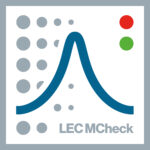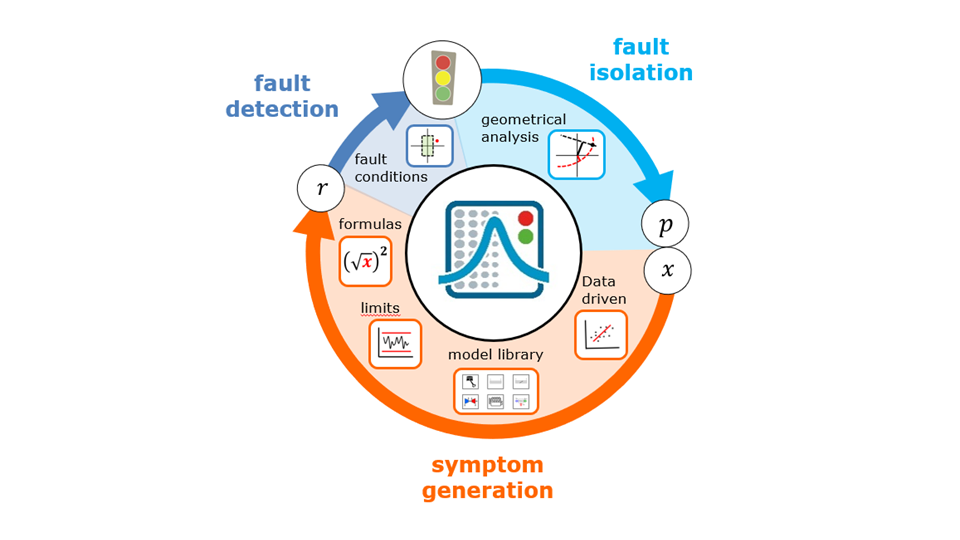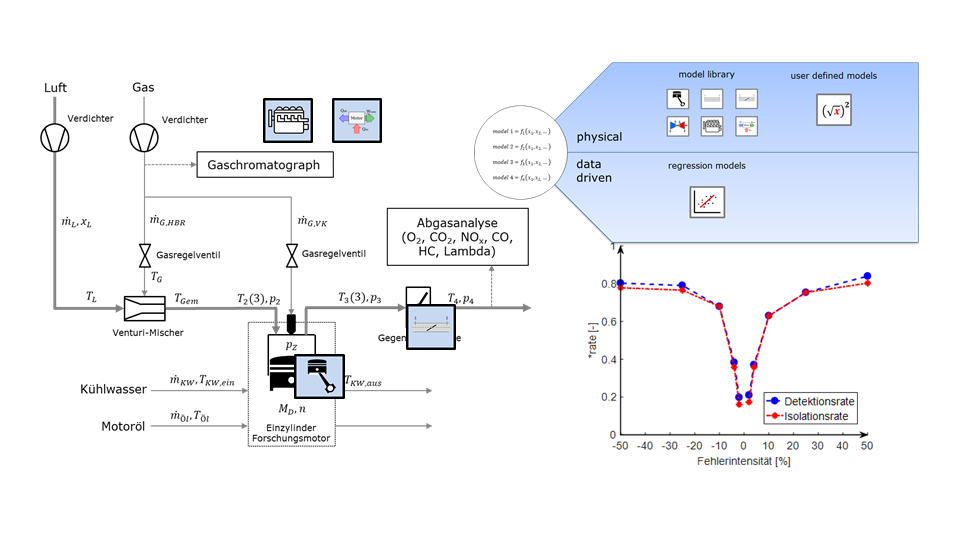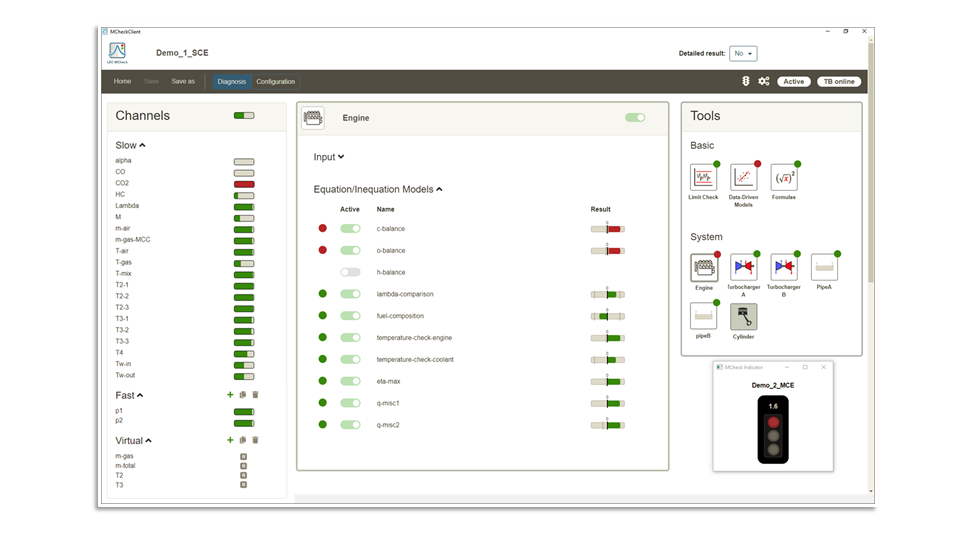Late detected faults cost 40 percent test bed time
moreIn order to keep the test duration and the resulting costs low, it is necessary to maximize the significance of test results by ensuring the highest possible measurement data quality. Faulty measurements are often only discovered during post-processing and lead to results that are difficult to interpret, and thus often to the need for expensive test repetitions. It is estimated that the lost test bed time due to errors detected too late is up to 40%.
It can also be assumed that many errors are not detected at all, which in the worst case can lead to momentous wrong decisions being made in the development process due to the incorrect evaluation of a technology.
For economic reasons, it is therefore crucial to avoid such events by early and reliable detection of faulty sensors and measurement deviations. In general, the earlier a fault is detected, the sooner troubleshooting measures can be initiated to continue the test productively. The complexity of modern combustion engines with a high number of manipulated and controlled variables usually requires an equally extensive sensor system in the test, which makes manual monitoring of the measurement data quality increasingly difficult. Together, these factors mean that the need for automated fault diagnosis is continuously growing.
Diagnostic software adaptable to new test vehicles and test tasks
moreOne of the main challenges in diagnosing faults on engine test benches is that they are often characterized by frequent changes of the test vehicle, i.e. they are usually systems that cannot always be clearly described technically in advance. Under these general conditions, the requirement for adaptability and flexible usability must be particularly emphasized.
It must be possible to adapt the diagnostic software quickly to new test vehicles and test tasks. For reasons of user-friendliness, however, the configuration effort, i.e. the number of parameters that have to be set, must be as low as possible.
The LEC MCheck software enables comprehensive and reliable monitoring of the measurement online and directly at the test stand. The quality of the measured data is displayed in the form of a traffic light, which means that the monitoring of a complex system can be reduced to a single primary parameter to be observed. Of course, detailed and extensive detailed results are available for more in-depth analyses, as will be shown below. In the case of insufficient measurement data quality, the software is able to identify faulty sensors, so that the correct measures, such as the replacement or recalibration of sensors or measuring devices, can be initiated in a timely manner.
Modular software architecture for any type of test bed
moreLEC MCheck thus not only supports and relieves the test bed personnel, but also has the potential to significantly contribute to increasing the overall efficiency of an engine test bed. In addition, a continuous self-validation of the monitoring quality is performed. The user therefore has detailed information available at any time about how well individual sensors or measuring devices can be monitored.
This function prevents incorrect parameterization of the diagnostic system and also ensures that no wrong expectations are created. The modular concept, as well as the combination of data-based and physical methods, allow a fast and efficient adaptation to special test tasks or new test vehicles. Although LEC MCheck was developed specifically for engine test beds, the modular and expandable software architecture also allows it to be used on other test bed systems.




